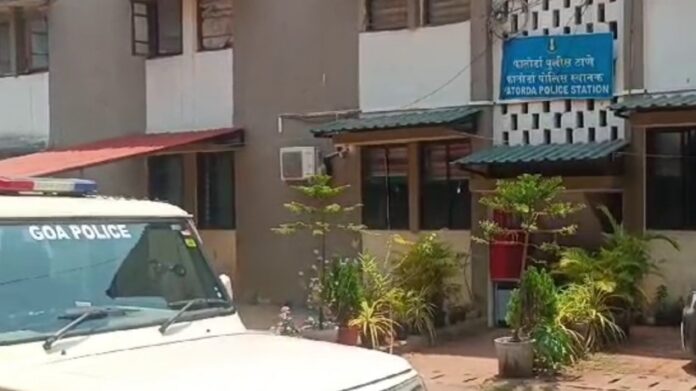An Assam native was apprehended for allegedly kidnapping a minor girl in Fatorda, Goa. The case, which unfolded in mid-May 2024, highlights the persistent threat of child abduction and the urgent need for vigilant protective measures.
The incident came to light when the parents of the 14-year-old girl reported her missing from their residence in Fatorda. According to the police, the girl was last seen playing outside her home, a routine part of her day that ended in a nightmare. Panic-stricken, the family alerted local authorities, prompting an immediate search operation.
The breakthrough came when the police traced the movements of the suspect, later identified as 28-year-old Rajib Das from Assam, using CCTV footage from the vicinity. The footage showed Das loitering near the girl’s house, raising suspicions about his intentions. Further investigation revealed that Das had been residing in Goa for the past few months, working as a daily wage laborer.
Acting on these leads, the police launched a manhunt and managed to locate Das and the abducted girl in a rented room in a nearby village. The swift action of the police ensured the safe rescue of the girl, who was found unharmed but visibly traumatized by the ordeal. Das was immediately taken into custody and charged with kidnapping under relevant sections of the Indian Penal Code (IPC).
The arrest of Rajib Das has sparked widespread concern and outrage among the local community in Fatorda. Residents have called for stricter surveillance and enhanced security measures to prevent such incidents in the future. This case has also highlighted the necessity for parents and guardians to be vigilant and for authorities to implement robust child protection mechanisms.
Upon interrogation, Das confessed to the crime, stating that he had been observing the girl for a few days before deciding to abduct her. His motive, as revealed in preliminary investigations, appeared to be an intention to exploit the girl for labor. However, the police are not ruling out other possibilities and are conducting a thorough investigation to uncover any additional motives or accomplices.
The rescued girl is currently undergoing counseling and medical evaluation to aid in her recovery from the traumatic experience. Authorities have assured the family and the public that they are taking all necessary steps to support her and bring the perpetrator to justice.
This incident has reignited the debate on child safety in India, where cases of abduction and exploitation continue to be a significant concern. According to the National Crime Records Bureau (NCRB), thousands of children go missing each year, with many falling prey to trafficking, forced labor, and other forms of exploitation. The kidnapping in Fatorda serves as a grim reminder of the vulnerabilities that children face and the pressing need for comprehensive strategies to protect them.
Community leaders and child rights activists have urged the government to increase funding for child protection services, improve the monitoring of vulnerable areas, and enhance public awareness about the dangers of child abduction. They emphasize that a collaborative effort involving law enforcement, social services, and the community is essential to safeguard children.
In response to the incident, the Goa Police have announced plans to intensify patrolling in residential areas and increase the number of CCTV cameras in public spaces. They also plan to conduct awareness programs for parents and children about safety practices and the importance of reporting suspicious activities promptly.
As the investigation progresses, the arrest of Rajib Das remains a significant step toward ensuring justice for the victim and her family. The swift response by the authorities has been praised, but it also underscores the ongoing challenges in preventing such crimes.
This case serves as a stark reminder of the need for constant vigilance and proactive measures to protect the most vulnerable members of society. Ensuring the safety and well-being of children must remain a top priority, demanding the collective effort of communities, law enforcement, and policymakers alike.




